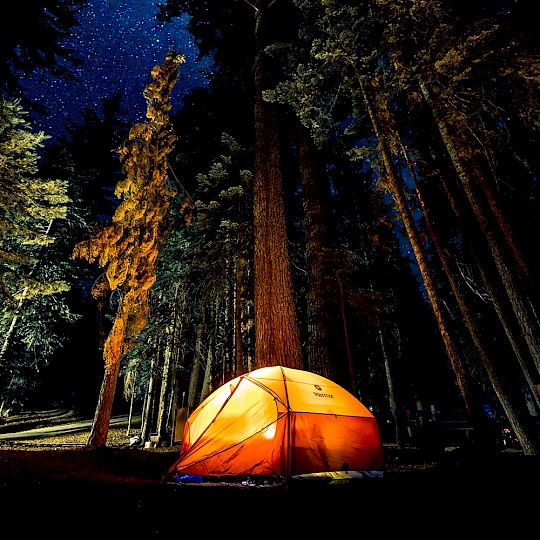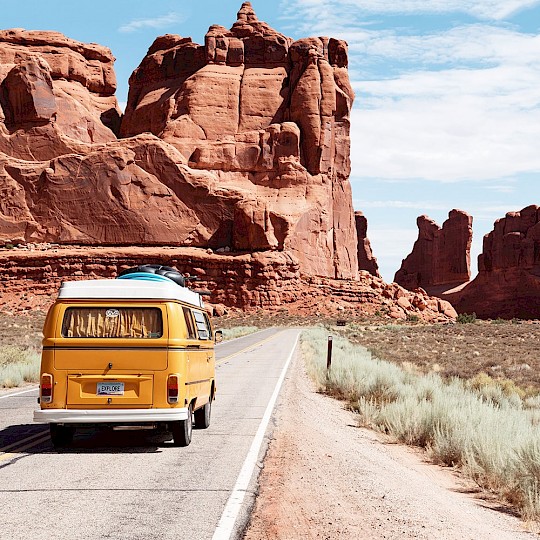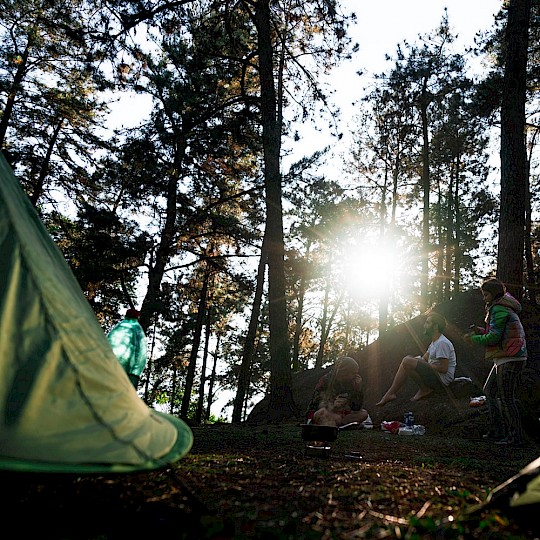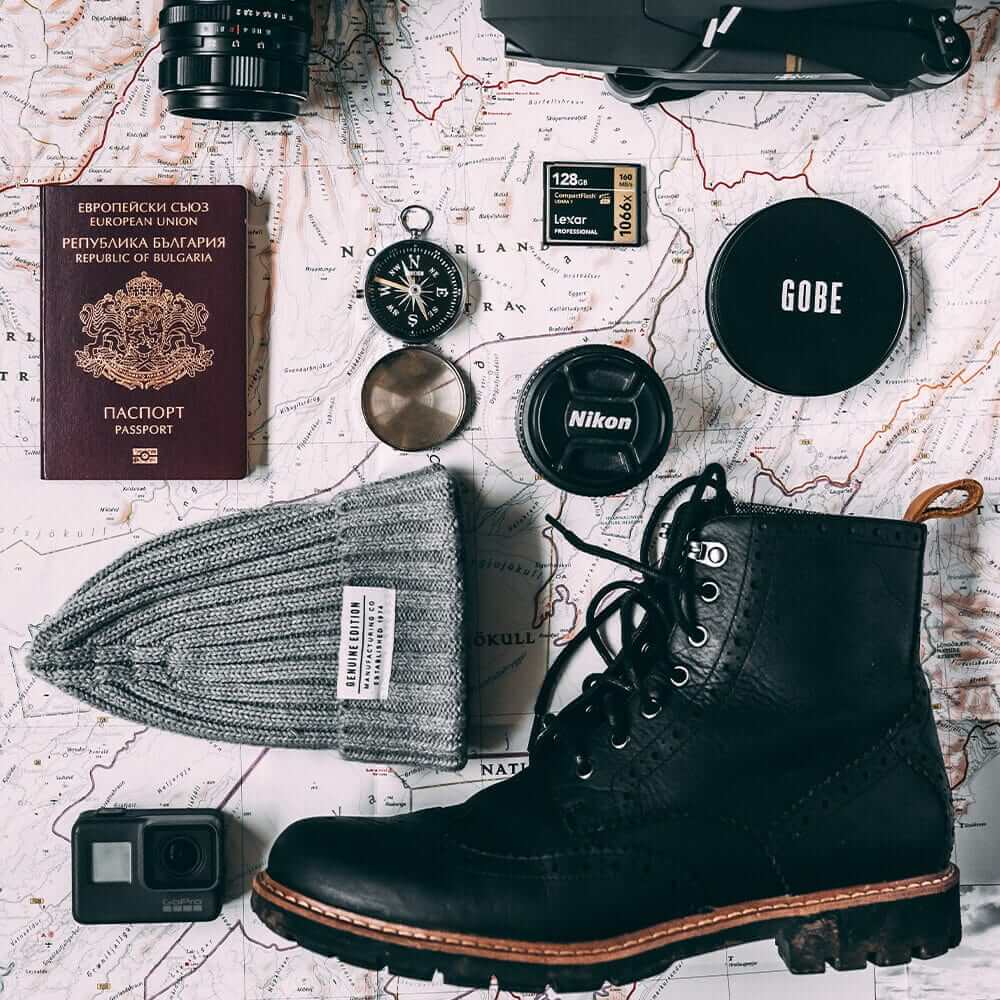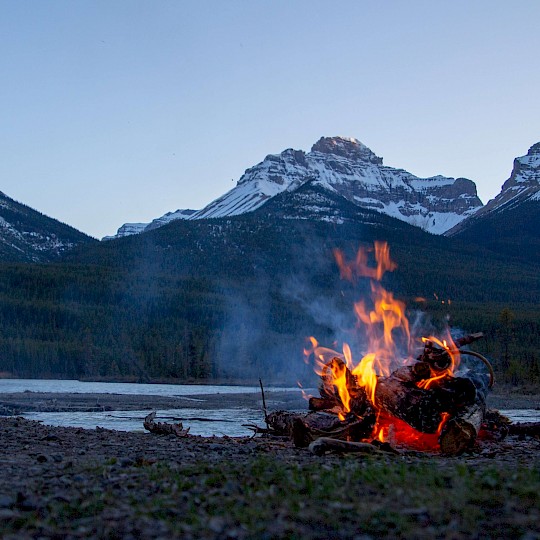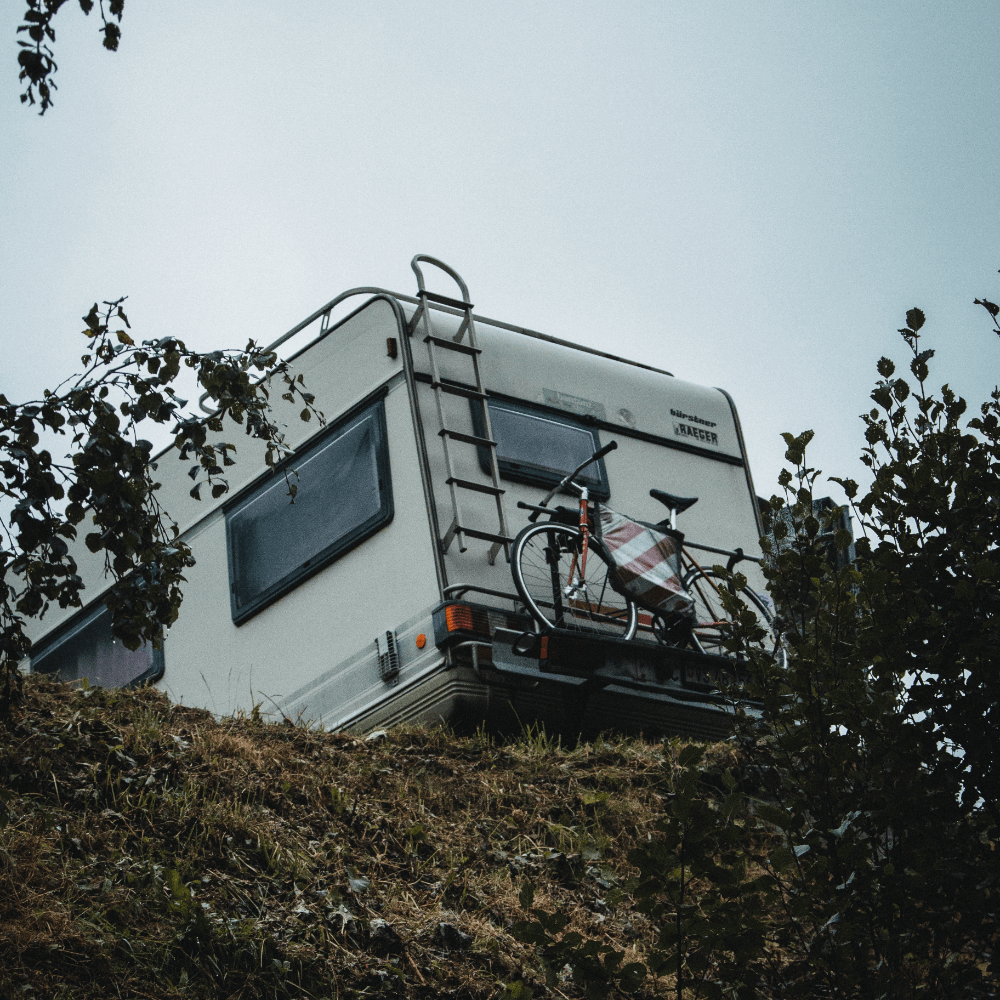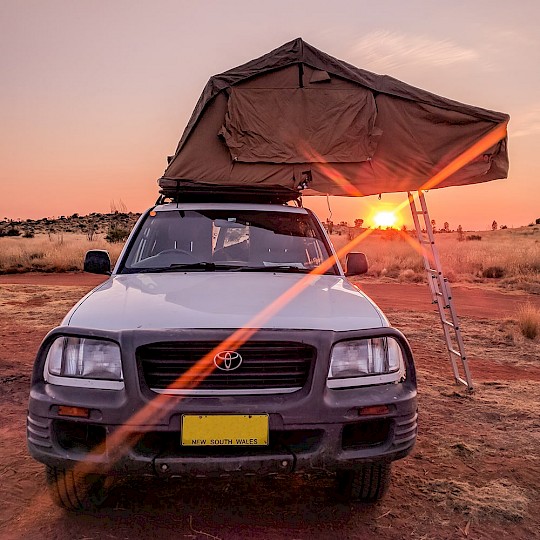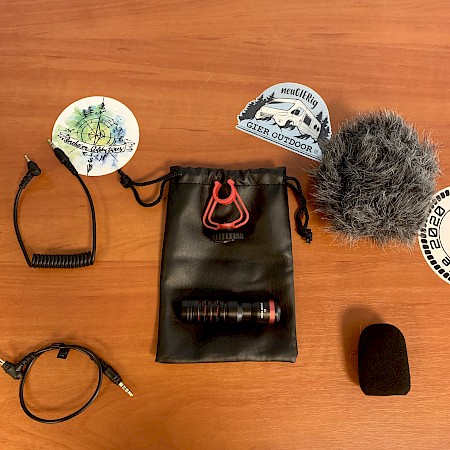Fact #1 - The smallest country
Canada is the largest country in North America by area, the smallest country is Saint Kitts and Nevis with an area of 269 km².
Fact #2 - Name origin
Amerigo Vespucci was an Italian navigator and explorer after the Americas were named. He is, therefore, the eponym of North America.
Fact #3 - The largest lake
Lake Superior is not only the largest lake in North America, but it is also the largest freshwater lake on earth. It lies on the border between Canada and the USA.
Fact #4 - Borders
While we are on the subject, the border between Canada and the USA is the longest national border in the world.
Fact #5 - The largest city (by population)
New York is the largest city in the USA with 20.2 million inhabitants, but the largest city in North America is Mexico City with 21.3 million inhabitants.
Fact #6 - Corn
Corn plays an important role, especially among the Native Americans. Today, about 50% of the corn produced worldwide comes from North America.
Fact #7 - The Caribbean
There are over 7,000 islands in the Caribbean, of which only about 2% are inhabited. So there are many untouched islands to discover.
Fact #8 - Mount Thor
Mount Thor is a mountain in Auyuittuq National Park, Canada. What is special about this mountain? It has the highest face in the world, 1,250 m.
Fact #9 - Climate zones
In North America, you can experience every major climate zone. In northern Canada, you can experience the polar climate and in Florida tropical climate.
Fact #10 - Population
Contrary to the idea that the continent was not populated until after the discovery by Columbus in 1492, it has been inhabited for about 15,000 years.
